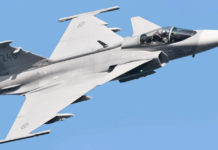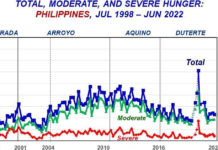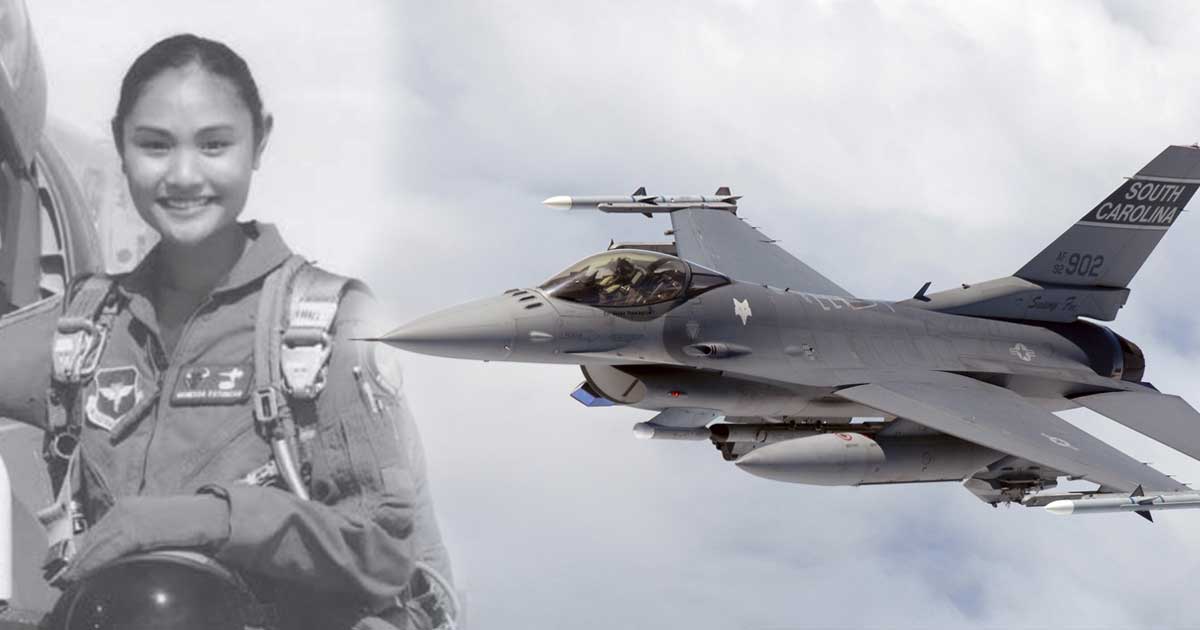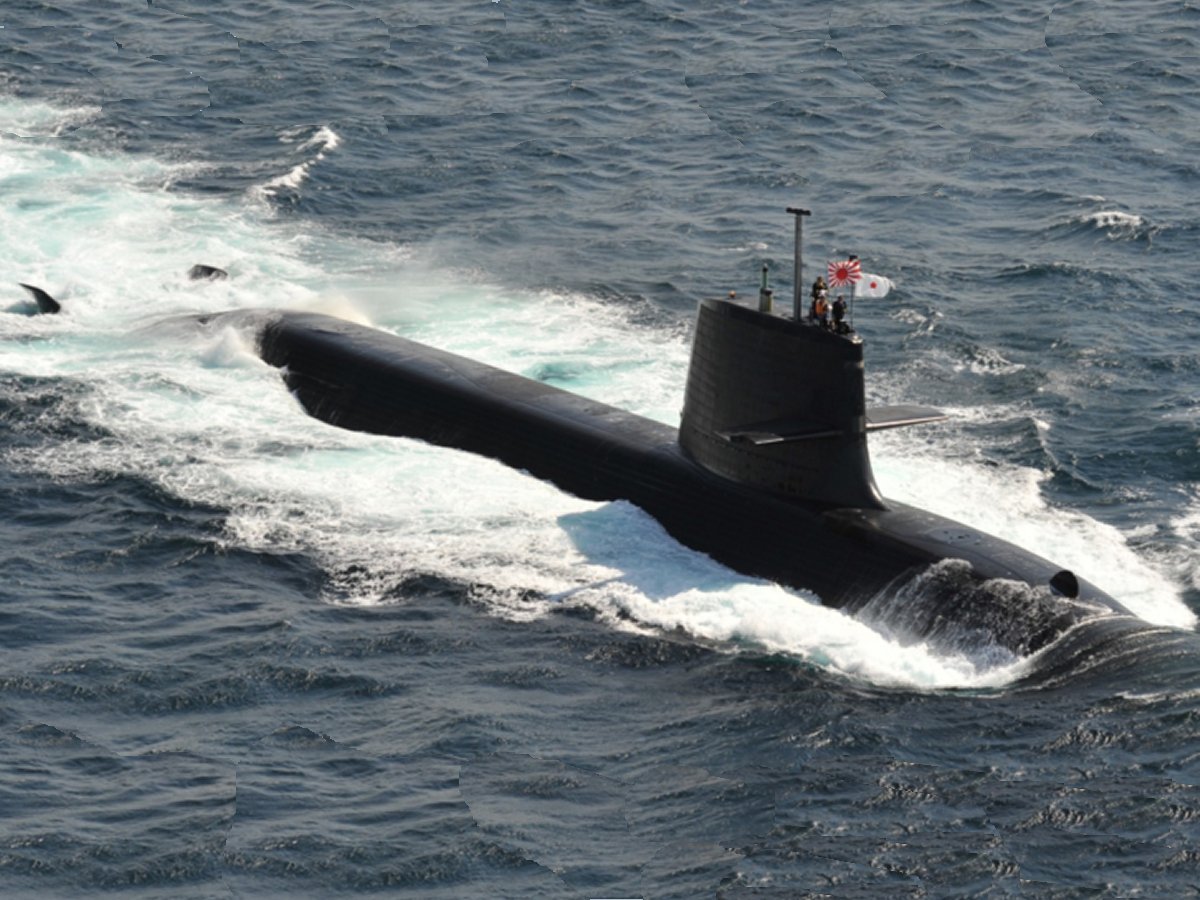
The Philippine Navy in late years and months has had to grapple with several provoking episodes at West Philippine Sea — Chinese coast guard and surveillance ships are scattered all over West Philippine Sea particularly on the whole Kalayaan group of islands. Its cruisers, destroyers and frigates are positioned on the Northern and the halfway part of South China Sea. And some are guarding that huge Chinese oil rig near the Vietnam Sea. Its Spy and surveillance plane also flying over Philippine frigates. And there is one more threat, that Chinese submarine shadowing and sneaking underwater, silently watching every move of their rival country all over contested South China Sea.
A ranking military official presented plans on the acquisition of three submarines to boost the country’s maritime defense.
Major General Felicito Virgilio Trinidad Jr. as the new head of the Northern Luzon Command (Nolcom) said on his report that the Philippine Navy needs the stealth warships to monitor the Philippines’ coastal territories.
Trinidad Jr. said this amid the Chinese’s presence in Philippine-claimed areas in the West Philippine Sea–a case elevated to a maritime arbitral tribunal at the Netherlands.
The official said the military plans to purchase the conventional-powered or diesel-electric submarines, which are generally cheaper than nuclear-powered units.
Right now Philippine Navy are on for a consultation and discussions for the possibility of immediate acquisition and procurement with different Submarine shipbuilders. However, the paper presented by Trinidad Jr. did not specify on how long and how much it will cost the Philippines to complete this acquisitions.
A brand new diesel-powered submarine unit costs $200 million to $500 million, while nuclear-run types are a hefty $2 billion each. ( BAC, DND AFP) 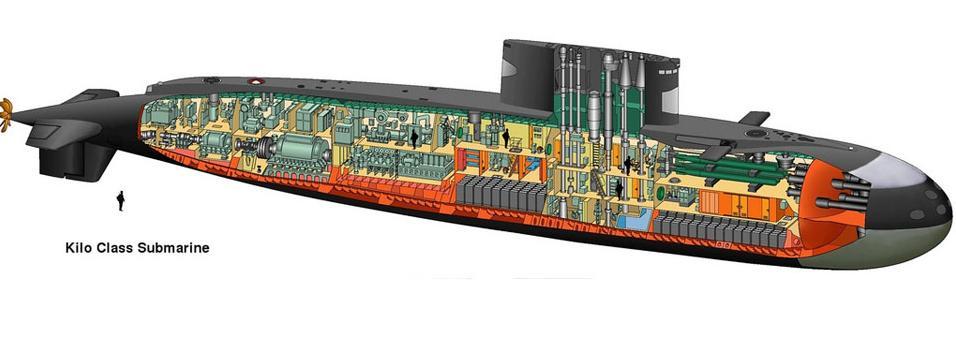
Advantage of diesel-electric submarine:
“The beauty about a diesel submarine is that it has the potential to be far quieter than a nuclear submarine,” says Guy Stitt, president of AMI International, a Bremerton, Wash.-based company specializing in naval market analysis. Diesel boats are propelled by batteries when submerged and move through the water by diesel engines when on the surface. Once they have powered up their batteries, the submarines can sail to the bottom of coastal waters and remain undetected for days.
Though they can’t travel long distances or sail very quickly, advancements in technologies, such as air-independent propulsion and fuel cells, have allowed diesel submarines to extend their operational ranges underwater. But perhaps their best selling point is their relatively inexpensive price tags.
The Russians have sold diesel submarines for as little as $200 million and the French have exported their Scorpene submarines for $300 million. “It is within the scope of many, many countries to be able to afford them. They don’t need a lot of them.
They don’t need to sail them very far, and they don’t have to be particularly proficient with them,” says Vice Adm. Samuel Locklear, commander of the Navy’s Third Fleet, which prepares strike groups to deploy to the Pacific and the Middle East. More than 39 nations possess diesel submarines. One of the latest tallies indicates a total of 377 ships in the world.
With China continuing to increase the size of its navy, a number of neighboring nations also have begun to develop their undersea capabilities. “There’s a push on in Asia that really seems to be driven by China,” says Stitt. Singapore, Malaysia and Indonesia all have closed deals on diesel submarines, and now Philippines is following suit.
See: (National Defense Magazine)


